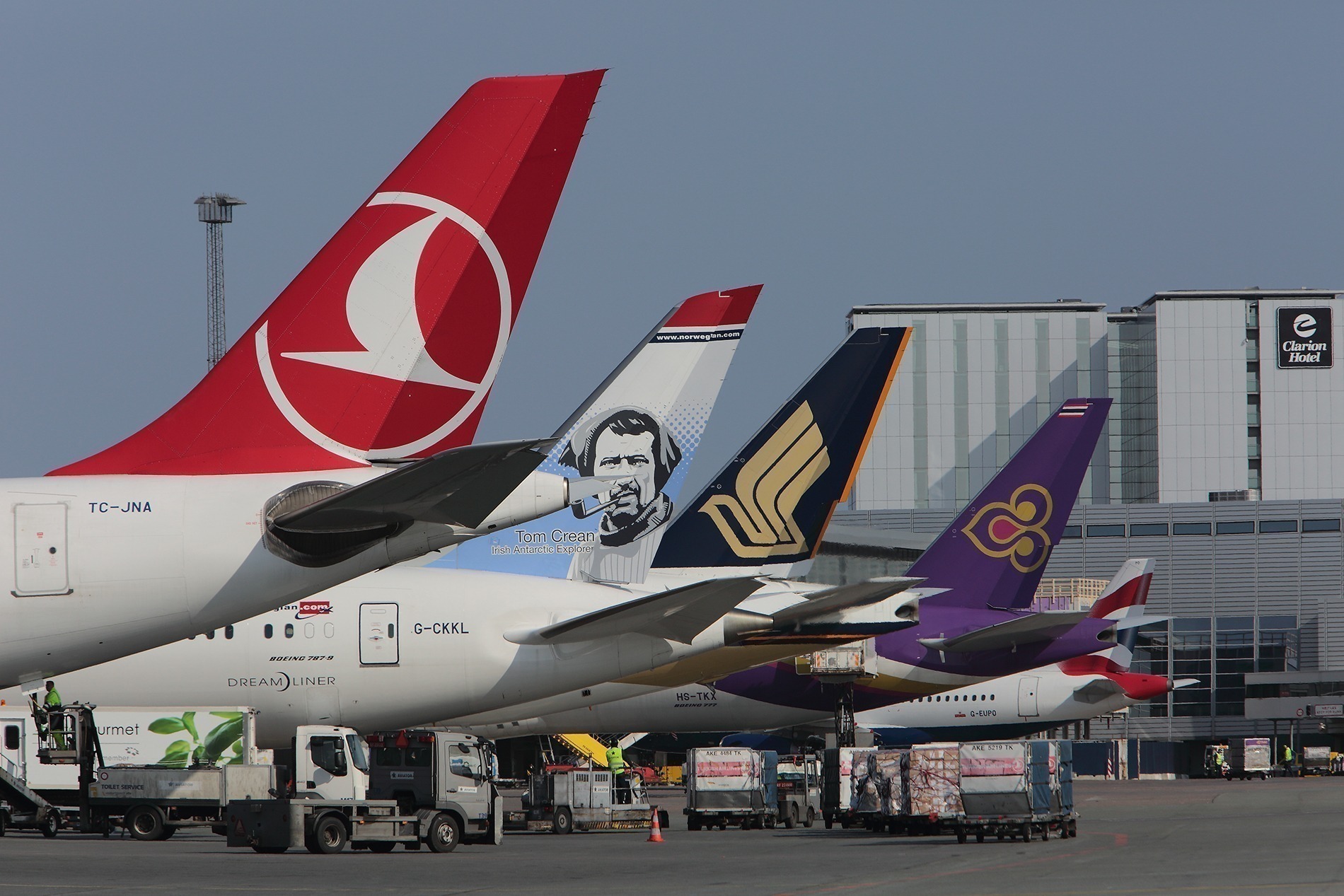The biggest long-haul hub in the Nordics
Examining the growing success of long-haul routes to and from Copenhagen Airport, and identifying the key unserved opportunities as CPH increases its capacity for long-haul aircrafts over the next two years, we look at the growth in long-haul routes and highlight a number of unserved routes with plenty of potential.

PHOTO BY: COPENHAGEN AIRPORT
PUBLISHED: 21/08-2019
For a long time, Copenhagen has been acknowledged as being the biggest long-haul hub of all the major Nordic gateways. Last year was no exception, as the airport offered 184 weekly frequencies in this market, the equivalent of over 48,000 weekly seats to 41 intercontinental destinations. To put that capacity figure into context, that’s more long-haul seats than Oslo Gardermoen and Stockholm Arlanda put together.
Looking back to S13, CPH was already top of the long-haul table, offering more weekly flights than its Finnish, Swedish and Norwegian counterparts. In those five years, Copenhagen delivered some impressive growth statistics, with intercontinental frequencies up by 55% and capacity increasing by 61%. By comparison, Helsinki has only managed 27% and 34% rises in these measurements. In 2013 CPH handled 1.23 million long-haul passengers ─ by the end of last year this had climbed to 1.81 million ─ and 2019 will see us edge closer to two million passengers in the market.
Far East expansion
Much of the airport’s long-haul growth has come from one market in particular, especially over the last 12 months: China. Before May 2018, Copenhagen had daily A340 flights to Beijing and Shanghai Pudong with the airport’s #1 seat provider SAS, but since then there has been a rapid expansion in capacity to the Far East nation.
Beginning the flood of Chinese capacity was flag carrier Air China, which started a four times weekly A330 service to Beijing in May 2018. Cathay Pacific Airways commenced three times weekly A350-900 flights to Hong Kong in the same month, while the start of W18/19 heralded SAS’ next foray into the region, as it launched a five times weekly A340 operation to the Pearl River city at the end of October. The route, which was moved from its Stockholm Arlanda hub, was last served by the Star Alliance carrier from CPH in March 1999. Copenhagen did not have to wait long for its next slug of Chinese capacity, as Sichuan Airlines inaugurated a twice-weekly A330 flight from its Chengdu hub. ASKs to China totaled 1.131 million in 2013; this year that figure will be 1.877 million.
While the focus of long-haul growth has undoubtedly been on the Far East, the Middle East has also represented a bountiful hunting ground for CPH’s route development team. Capacity to the region increased by 19% between the S17 and S18 peak weeks, while frequencies rose by 31% during the same time. However, the cherry on the route development cake in the Middle East was Jordan, which witnessed the start of Amman services by Royal Jordanian Airlines’ and Norwegian during S18.
Unserved opportunities remain
While progress has undeniably been made in reducing the airport’s long-haul network white spots, there remains a host of unserved intercontinental routes from Copenhagen. Securing a service to Seoul is the CPH’s #1 priority, with over 18,000 one-way passengers flying indirectly to the Korean capital city in the year ending August 2018 according to data from Sabre MI. In terms of sheer size, Denpasar (26,000) is the biggest unserved market identified during the same period. South Africa and Vietnam both feature twice in the top 10 opportunities, with Johannesburg (19,000) and Cape Town (13,000) taking their places alongside Ho Chi Minh City (16,000) and Hanoi (15,000) on the airport’s new route shopping list. The US and India are also represented in the top 10, with Seattle (14,000) and Mumbai (13,000) being the most prominent unserved city pairs.



